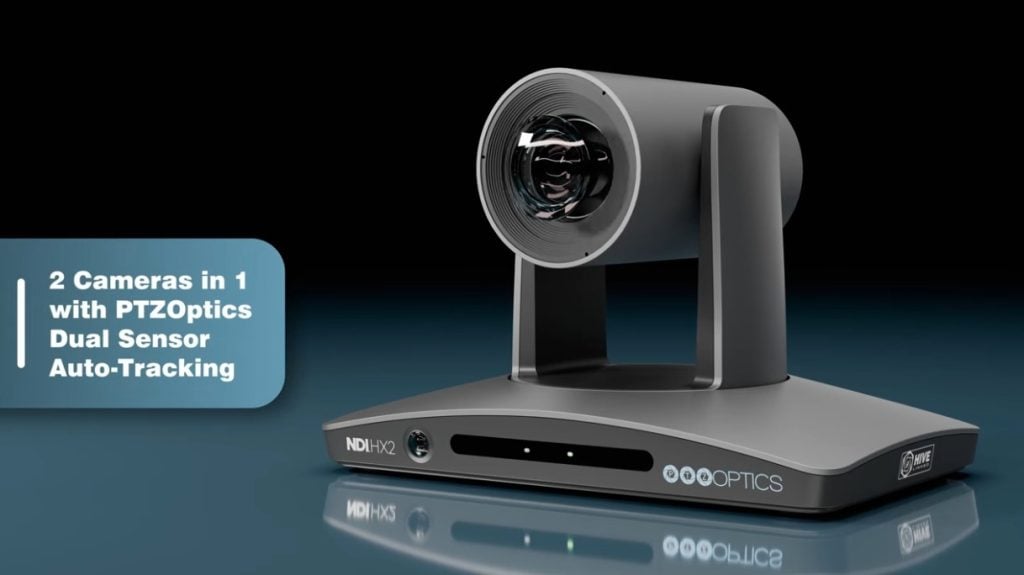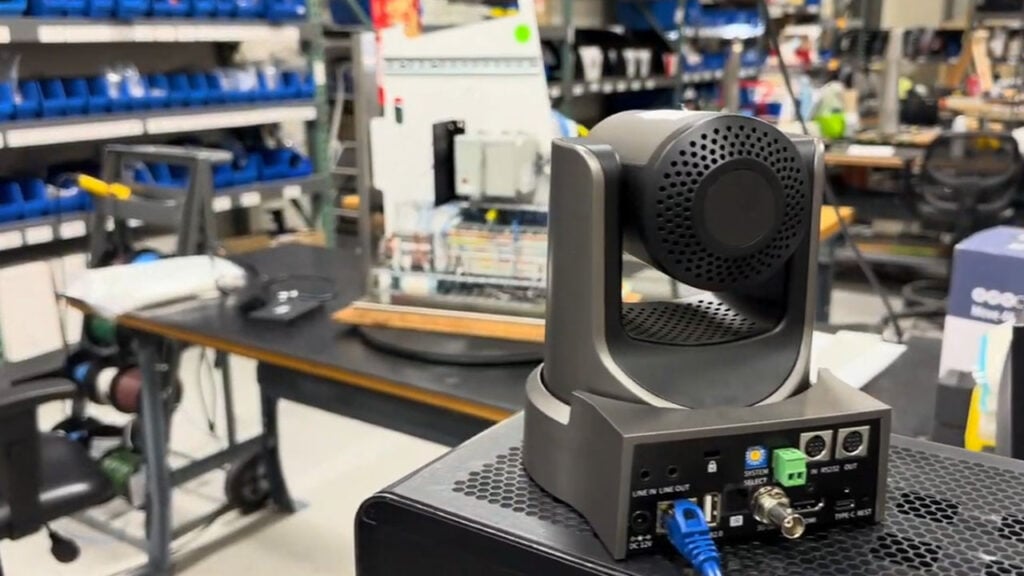What is Bandwidth?
Written by Paul Richards on April 14, 2021
In the world of live streaming, bandwidth refers to the rate of data transfer your computer and other devices have access to, measured in bits per second. Because bits are such a small unit of data, bandwidth speeds are usually referred to with the prefixes like kilo, mega, or giga. Kilo means thousand, mega means million, and giga means billion. So, for example 1 kilobit is the same as 1 thousand bits, 1 megabit is 1 million bits and 1 gigabit is 1 billion bits.
These same prefixes also apply to bytes. It is important to understand, however, that bits and bytes are NOT the same. A bit is the smallest unit of computer information, representing either a 1 or a 0. A byte is 8 bits. Data transfer speeds are usually represented in bits per second, and data storage is usually measured in bytes.
Bandwidth Processes
When you talk about bandwidth, there are usually 2 different processes taking place: upload and download. Download is the process of retrieving data from the internet, while upload is the process of sending data from your devices to the internet. This is the same process that happens when downloading a file from the internet; however, within the context of live streaming, its application differs greatly.
The main difference between downloading and uploading files as opposed to streams is that files usually do not require a minimum bandwidth to transfer data properly. File downloads and uploads will simply operate at whatever speed your network’s bandwidth allows. Streaming, on the other hand, depending on the production setup. When you start live streaming, you generally have to choose a bitrate which encodes your audio and video into a stream of information that uses upload bandwidth. It is essential to know your network’s upload and download speed because these rates can affect the quality of your outgoing streams. You can check your bandwidth speeds by going to Google and searching for “Speed Test”.
Bandwidth Speed
Typically, 0.5 megabits per second is considered the bare minimum bandwidth for live streaming. 2-3 megabits per second is required for 720p video streams and 3-6 megabits per second is suitable for High definition streams up to 1080p. Ultra HD streams in 4k will require even higher bitrates.
Note: Always have some extra upload bandwidth available.
This extra “headroom” acts as a buffer to account for any fluctuations in your network and therefore will result in a more reliable stream. In addition, it is important to consider that each additional service that you are streaming to adds to your total outgoing bit rate, thus using more bandwidth. So if you plan on streaming to YouTube, Facebook and Twitch, all at the same time, you will need to ensure you have enough bandwidth capabilities to do so.
Hardware and Bitrate Suggestions
In order to take full advantage of your network bandwidth you will need hardware with matching or superior bandwidth capabilities. This means buying a motherboard and/or switcher with an ethernet port that is rated for your bandwidth speed. You will also need to make sure your ethernet cable is rated for these speeds as well to get full access to your available bandwidth. Ethernet cables are usually rated based on their bandwidth capabilities. For example, CAT4 cabling is capable of providing 16 megabits per second, while CAT5 cabling can reach 100 megabits per second. CAT5e and CAT6 are rated for up to 1000 megabits per second and CAT7 is rated for 10 gigabit applications.
Another important aspect to consider is how much of your available bandwidth your stream will use. Higher resolution and framerate streams will require more bandwidth than lower quality streams. This is why it is important to set your final bitrate within your streaming software, according to the quality of the stream you wish to broadcast, while also ensuring that bitrate is not too high for your network bandwidth capabilities.
Here’s a pro tip: Some software like OBS, have an option to use a dynamic bitrate. This allows your upload stream of information to dynamically change based on the available bandwidth with your internet connection. Using this feature can reduce the amount of dropped frames you get during your broadcast.
Now you know how all about bandwidth and bitrates for your live streaming project. Let us know what you are planning for your live streams in the comments of the video. We are happy to provide you with some comments or advice in a reply. This has been part of our ever evolving Back to Basics Video Series. You can download our basics of live streaming guide at StreamGeeks.us/basics.
More on Basics of Live Streaming
- What do I need to live stream? Here.
- How to live stream to YouTube Here.
- How to make more engaging video content Here.
- What is the best camera for live streaming? Explained Here.
- How to live stream to Facebook? Here
- How to add graphics into your live stream Here
- How to live stream a Zoom meeting? Here
- What is OBS (Open Broadcaster Software)? Here
- What is a PTZ Camera? Here
- What is an SDI Camera? Here
- What is an NDI Camera? Here
- What cables do I need to live stream? Here
- What type of computer do I need to live stream? Here
- What is SRT? Here
- What is bandwidth? Here








